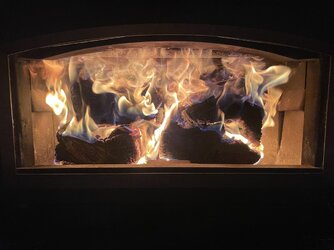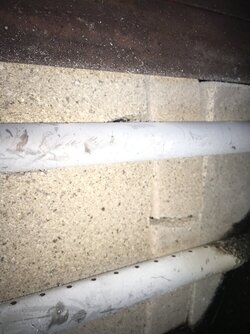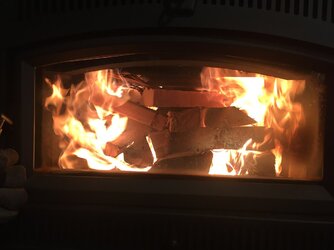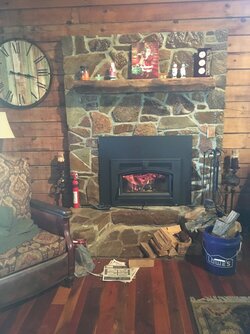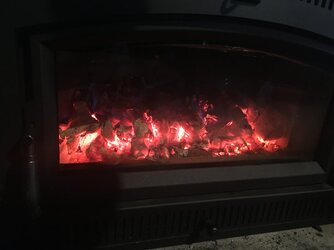Lots to unpack there.
Strictly speaking, there is no "need" for a block-off plate, so the installer isn't lying, but many here have found that it helps a lot. I personally didn't find it made any noticeable difference at all. Few installers seem to want to offer one, I'd imagine there's not much profit for them.
A DIY block-off plate is not difficult or expensive, some sheet metal, self tapping screws and a tin snips is really all you need. I made mine using the "two halves" method, I made a template using a cardboard box first. I think I used some gasket cement too, and I also stuffed the area above with roxul, and the area between the insert and the old fireplace firebox. Lots of advice on this site about block off plates. Not a beginner project, but not difficult.
There's absolutely no reason to leave the bypass open any longer than is needed to get the fire started. Read the manual, the bypass is opened briefly when starting a fire, and and to prevent smoke entering a room when opening the door on a hot stove. With bypass open, you get no heat into the room and no secondary combustion, lots of smoke annoying your neighbors and lots of creosote on your own chimney liner.
Installer is correct, unless the air is almost completely closed, you lose all the heat out the chimney. The heat from the fire heats the air in the firebox, and all that excess hot air goes straight up the chimney to the outside. That's why open fireplaces don't heat well. That's very different to losing heat by conduction through the brick (both are bad). Any air in excess of what's needed to achieve your required burn rate is wasting heat.
Yes, a full load will burn slightly better, and it's not just the extra fuel burning for longer, less air spaces means more efficient consumption of the air, (or something vaguely scientific like that) meaning less air needed, meaning less wasted energy. But if you can't get enough heat however briefly with a smaller load, a full load is not going to solve the problem.
Being able to monitor the stove top temperature is huge and it really simplifies the process, both for troubleshooting and for daily operation, but I don't think there's any way to do it with a flush insert. Perhaps with a precise IR gun, you can find somewhere good. 400F seems to be the magic number for secondary combustion across many makes and models of stoves.
With active secondary combustion, and primary air control almost completely closed, how hot is the air being blown out by the fan on low speed? How close to the vent can you hold your hand? Could that fan be misaligned and not blowing where it's supposed to?
TE


